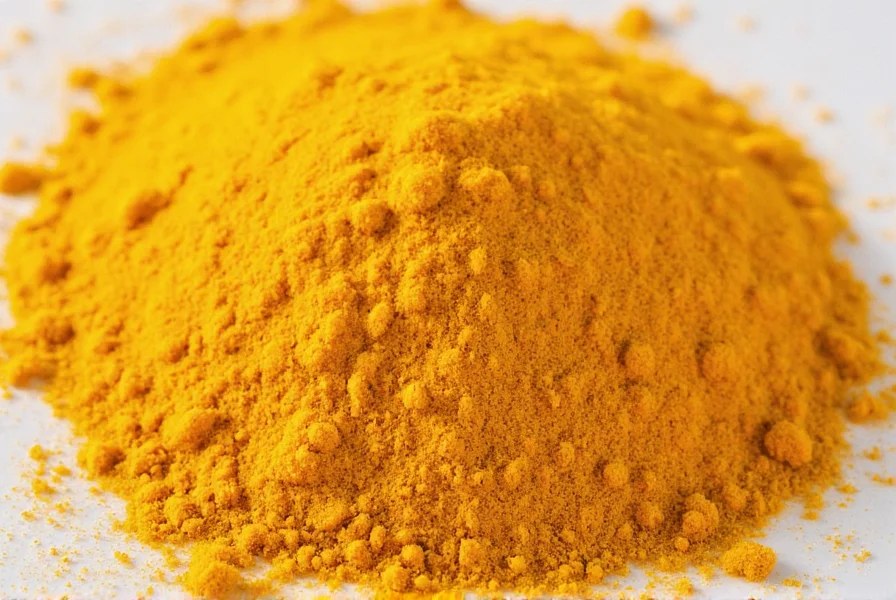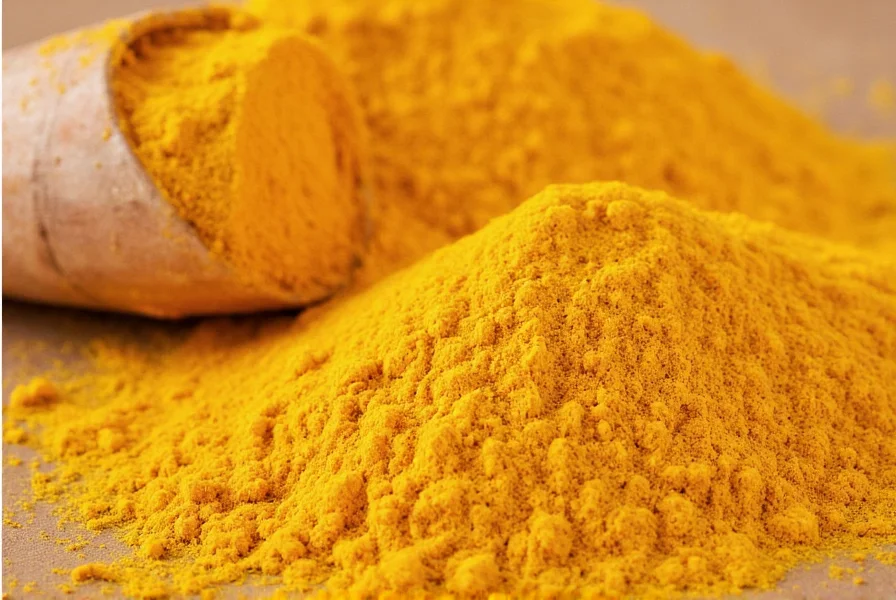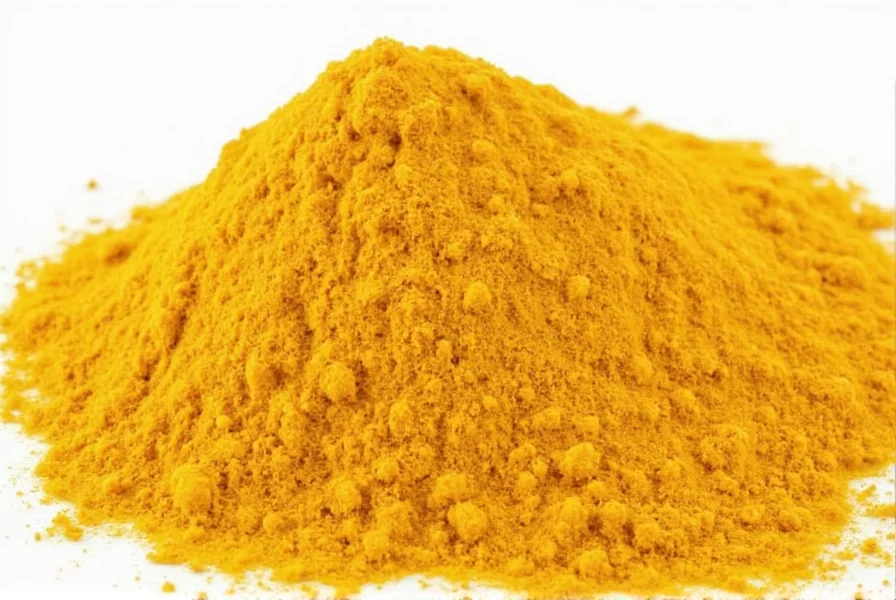Understanding how to say turmeric in Arabic opens doors to authentic culinary experiences and cultural connections throughout the Middle East and North Africa. This simple translation carries significant value for travelers, cooks, and language learners seeking to navigate markets or recipes in Arabic-speaking countries.
Understanding \"Kurkum\" (كركم) in Arabic Context
When asking for turmeric in Arabic, you'll use \"kurkum\" (كركم), pronounced as \"koor-koom\" with a soft 'k' sound. This term appears consistently across most Arabic dialects, making it reliable for communication whether you're in Egypt, Saudi Arabia, Morocco, or Lebanon. Unlike some ingredients that have regional variations, kurkum maintains remarkable consistency throughout the Arab world.
Turmeric holds cultural significance beyond just being a spice. In many Arabic households, kurkum features prominently in traditional medicine practices and culinary traditions. You'll find it coloring and flavoring rice dishes, stews, and even some breads across the region. The spice's vibrant yellow hue often symbolizes warmth and hospitality in Middle Eastern culinary culture.
Pronunciation Guide for Arabic Learners
For English speakers learning how to say turmeric in Arabic, mastering the pronunciation of \"kurkum\" requires attention to these key elements:
| Arabic Script | Pronunciation | English Approximation |
|---|---|---|
| كركم | kurkum | koor-koom (with rolled 'r') |
| بودرة كركم | buḍrat kurkum | bood-raht koor-koom |
| كركم أصفر | kurkum aṣfar | koor-koom as-far |
The 'k' sound in Arabic is softer than in English, and the 'r' should be slightly rolled. When purchasing turmeric in Arabic markets, you might hear vendors use the full phrase \"buḍrat kurkum\" (بودرة كركم), meaning \"turmeric powder.\"

Cultural Significance of Turmeric Across Arabic-Speaking Regions
While the Arabic word for turmeric remains consistent, its applications vary across different Arabic cultures. In Gulf countries, kurkum frequently appears in rice dishes like kabsa, providing both color and subtle earthy flavor. North African cuisine, particularly in Morocco and Tunisia, incorporates turmeric into spice blends like ras el hanout.
Traditional Arabic medicine has utilized kurkum for centuries. Many households maintain the practice of preparing \"shai kurkum\" (شاي كركم), or turmeric tea, believed to support wellness during cold seasons. This cultural knowledge passes through generations, connecting modern Arabic speakers to ancient healing traditions.
When exploring how to say turmeric in Arabic language contexts, you'll notice that some regions add descriptive terms. For example:
- \"Kurkum aṣfar\" (كركم أصفر) - yellow turmeric (to distinguish from other varieties)
- \"Kurkum ṭabīʿī\" (كركم طبيعي) - natural turmeric
- \"Maʿṣūr al-kurkum\" (معصور الكركم) - turmeric extract
Practical Applications for Language Learners
Knowing the Arabic translation for turmeric spice proves invaluable when navigating markets or following authentic recipes. Here are practical phrases to use when discussing turmeric in Arabic:
- \"Ayn yajidu kurkum huna?\" (أين يجد كركم هنا؟) - Where can I find turmeric here?
- \"Kam thaman al-kurkum?\" (كم ثمن الكركم؟) - How much does turmeric cost?
- \"Al-kurkum jayyid lil-ṭibb\" (الكركم جيد للطب) - Turmeric is good for medicine
Understanding these phrases helps bridge communication gaps and shows respect for local culture when traveling or interacting with Arabic speakers. The consistency of the term \"kurkum\" across dialects makes it one of the more straightforward spice translations for Arabic learners.

Common Misconceptions About Turmeric Terminology
Some learners confuse turmeric with saffron when exploring Arabic spice vocabulary. While both provide yellow coloring, they're distinct spices with different Arabic names. Saffron is \"zaʿfarān\" (زعفران), a much more expensive spice with a different flavor profile.
Another common error involves the spelling of kurkum in Arabic script. The correct form uses كركم without additional dots or modifications. Some online sources incorrectly suggest variations like كركوم, but standard Modern Standard Arabic uses the three-consonant form ك-ر-ك-م.
FAQ Section
What is the Arabic word for turmeric spice?
The Arabic word for turmeric is \"kurkum\" (كركم), consistently used across most Arabic-speaking regions to refer to this yellow spice derived from the Curcuma longa plant.
How do you pronounce turmeric in Arabic?
Turmeric in Arabic is pronounced \"koor-koom\" with a soft 'k' sound and a slightly rolled 'r'. The full phrase for turmeric powder is \"buḍrat kurkum\" (bood-raht koor-koom).
Is kurkum the same in all Arabic countries?
Yes, \"kurkum\" (كركم) is the standard term used throughout the Arabic-speaking world. Unlike some ingredients with regional variations, turmeric maintains consistent terminology across different Arabic dialects and countries.
What's the difference between kurkum and za'faran in Arabic?
Kurkum (كركم) refers to turmeric, while za'faran (زعفران) is saffron. Though both provide yellow coloring, they're different spices with distinct flavors, prices, and uses in Arabic cuisine and traditional medicine.
How do you ask for turmeric in an Arabic market?
You can ask \"Ayn yajidu kurkum huna?\" (أين يجد كركم هنا؟) which means \"Where can I find turmeric here?\" For turmeric powder specifically, use \"buḍrat kurkum\" (بودرة كركم) when speaking with vendors.











 浙公网安备
33010002000092号
浙公网安备
33010002000092号 浙B2-20120091-4
浙B2-20120091-4